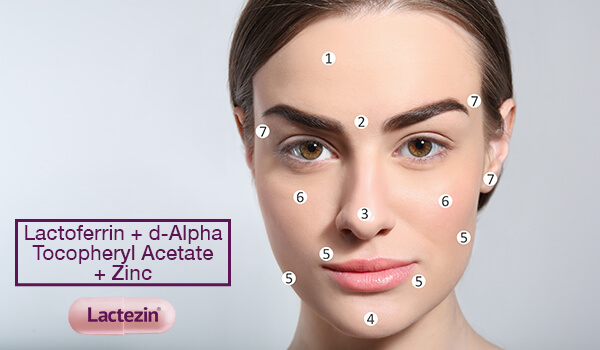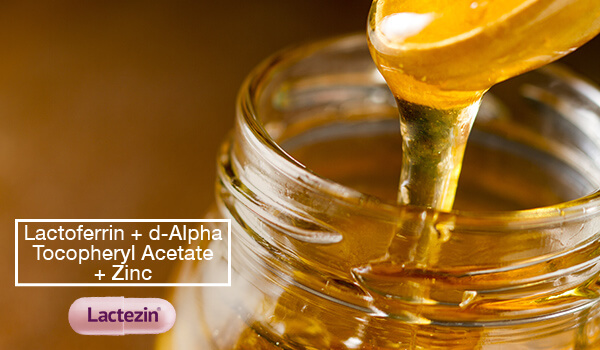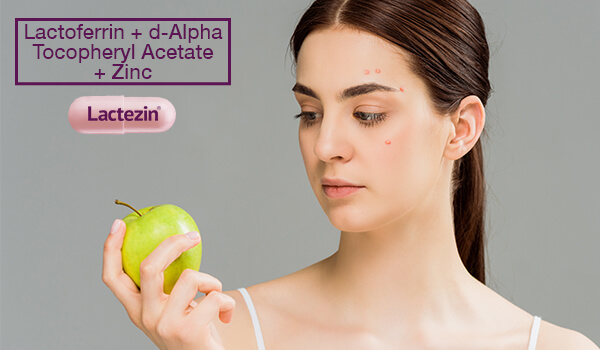Pimples, Blackheads, and Whiteheads: What's the Difference?

Getting a breakout is always a hassle. Unfortunately for individuals with oily complexions, there’s so much more when it comes to it. For you to treat properly, you must first identify what type of breakout it is. Is it an ordinary pimple, whiteheads, or blackheads on your face?
Acne severity can differ quite a bit. Dermatologists distinguish between mild, moderate, and severe forms. There are also inflammatory and non-inflammatory types. Acne develops over a longer period of time, meanwhile normal breakouts form quickly then go away soon afterwards. Pimples, whiteheads, and blackheads on the face are all considered to be the normal type.
Let’s find out about the difference between the 3:
- Pimples
A pimple is a small pustule that develops when oil glands become clogged, leading to inflamed lesions filled with pus. Some might call them breakouts or zits. There are 3 things that must be present for them to form: dead skin cells, which build up on the surface layer of the skin, excess oil, which is caused by hormones, and P. Acnes bacteria, which forms when excess oil is trapped in a clogged pore.
Pimples are considered to be a moderate type of acne breakout. Inflamed pimples are either small bumps called “papules” or “pustules” which are those breakouts filled with yellow pus.
It can be difficult to pinpoint exactly which factor causes pimples to worsen. Some individuals’ pimple cases are heavily influenced by their daily diet, skincare routine, environmental stressors, genes, and health condition.
- Whiteheads
To understand what a whitehead is, you must first learn about comedones. Comedones are hair follicles that become clogged with oil and dead skin cells. They eventually form into the bumps that we call whiteheads and blackheads on your face. Products or ingredients that are comedogenic, like coconut oil and mineral oil, may trigger its production. So make sure to look for makeup or skincare products that are labelled “non-comedogenic.”
Now that comedones are settled, its first type, which are whiteheads, are acne lesions that stay closed at the surface of the skin. This typically happens when the oil and skin cells prevent a clogged hair follicle from opening. The bacteria inside doesn’t undergo a chemical reaction, hence its whitish appearance. This type of breakout can also be found on your back, shoulders, and face.
Whiteheads typically form in areas where you get a lot of friction, like on the chin from a chin-strap on athletic gear and on the cheeks from rough pillowcases, if you sleep on your sides.
- Blackheads
Blackheads are the second type of comedones. Both whiteheads and blackheads are considered to be a mild form of acne.
Blackheads on your face are lesions that stay open at the surface of the skin. They form when a hair follicle or pore gets partially clogged, allowing some of the trapped oil to slowly come to the surface. They are full of excess oil and dead skin cells that turn “black” due to oxidation which is the occurrence of oxygen in the air reacting to melanin or the skin pigment.
The good news is treatment for these 3 acne types IS possible if you have serious dedication. If you’re diligent about keeping your body and skin healthy, then you can attain clear skin. The right combination of correct information, oral over-the-counter anti-acne supplements, and topical skincare can help combat these skin concerns.
For pimples
Retinoid, also known as Vitamin A, can help treat clogged pores, allowing your medicated creams and treatments to work better. It can also reduce outbreaks by preventing dead cells from clogging pores in the first place. This nutrient comes with its own precautions though as certain formulations and percentages can irritate the skin. So always consult with an expert first!
Clay masks also work wonders for pimples. They work by sucking up the dirt, oil, and other elements deep from your pores. Look for one that includes sulfur as an ingredient. Scary as it sounds, this ingredient works to break down the dead skin cells that make up the pimples on your face. You can use it once or twice a week in addition to an exfoliating treatment.
For whiteheads and blackheads
A popular whitehead and blackhead treatment are AHAs and BHAs and these ingredients are considered holy grail by many skincare fans. AHA or alpha-hydroxy acid is glycolic acid. It is an effective exfoliator that can remove the outermost layer of dead skin cells, revealing brighter, fresher skin. It is also known to treat scarring, hyperpigmentation, and signs of aging, including fine lines and wrinkles.
Beta-hydroxy acid or BHA, which is mainly Salicylic Acid, is derived from natural sources such as willow tree bark, wintergreen leaves or sweet birch bark. It is popular in the skincare realm for going deep into your skin to do its job. Once it penetrates the skin, it can dissolve the skin debris that clogs pores, making them easier to extract. Plus, it can help red inflamed pimples go away faster.
Medication with Lactoferrin + d-Alpha Tocopheryl Acetate + Zinc
Lactoferrin + d-Alpha Tocopheryl Acetate + Zinc (Lactezin) is a clinically-tested over-the-counter drug, which uses a natural antibacterial active ingredient Lactoferrin combined with Vitamin E and Zinc to help lessen pimples and give clearer skin in as early as 2 weeks.
Lactoferrin + d-Alpha Tocopheryl Acetate + Zinc is the generic name of Lactezin. If symptoms persist, consult your doctor.
Looking for more ways on how you can deal with blackheads? Click here.
ASC Ref. No. U021P042221LS, U025P042221LS, U275P061422LS
SOURCES:
https://www.cosmedica-skincare.com/blogs/news/pimples-vs-acne-whats-the-difference
https://www.healthline.com/health/beauty-skin-care/how-to-get-rid-of-blackheads#clay-mask


